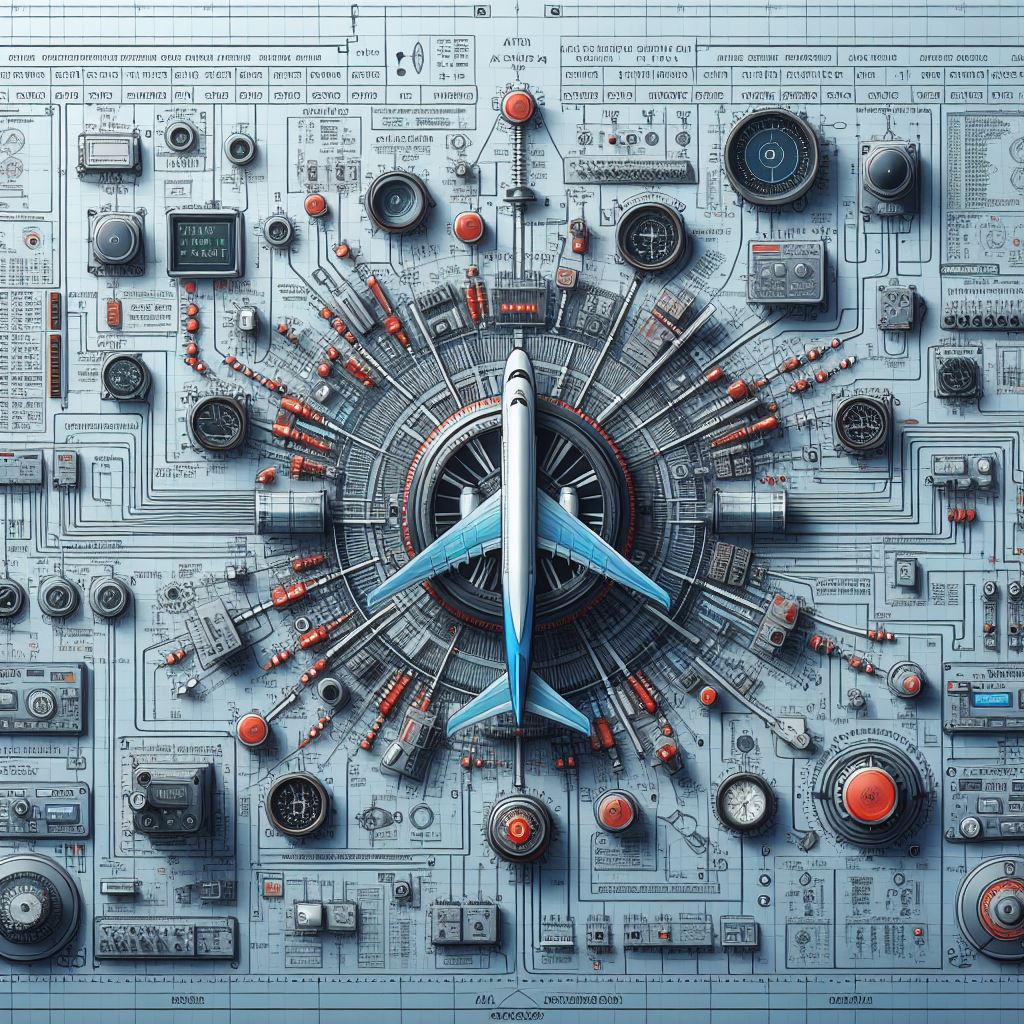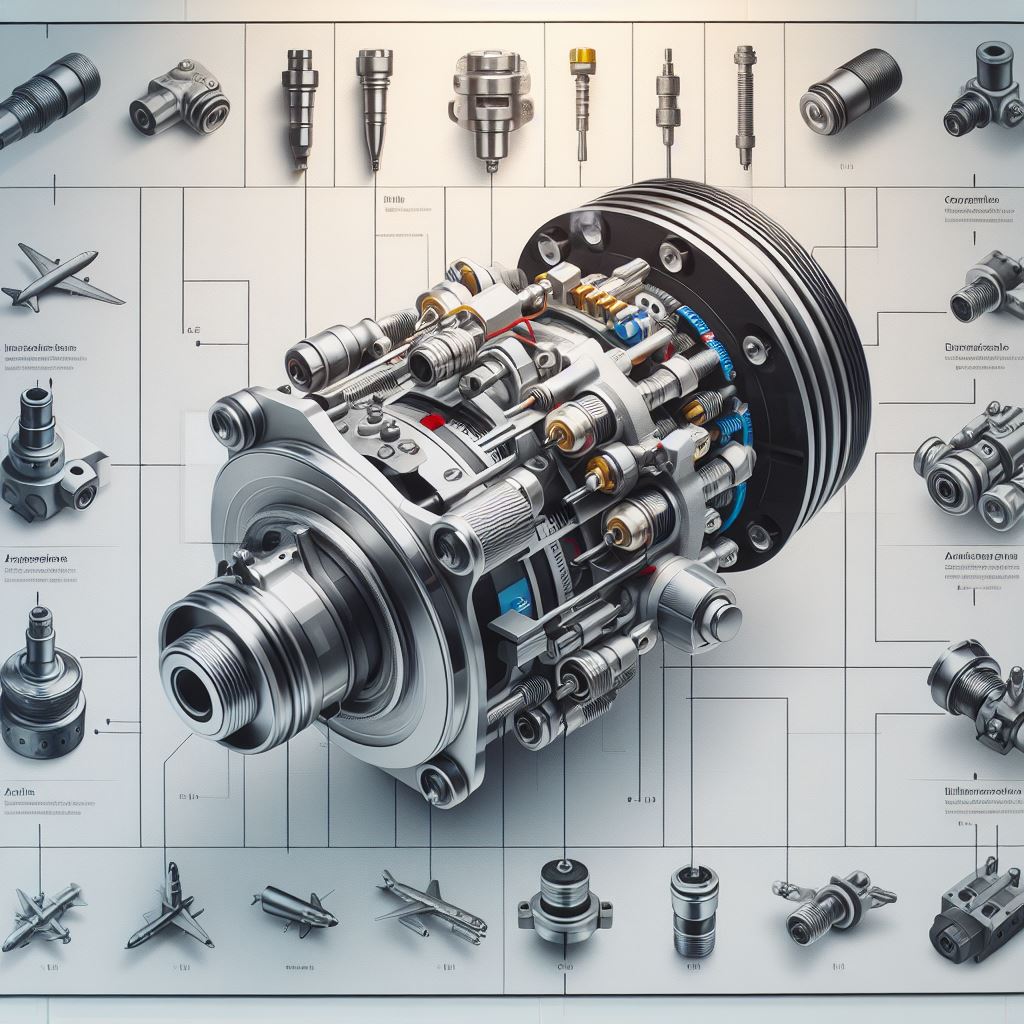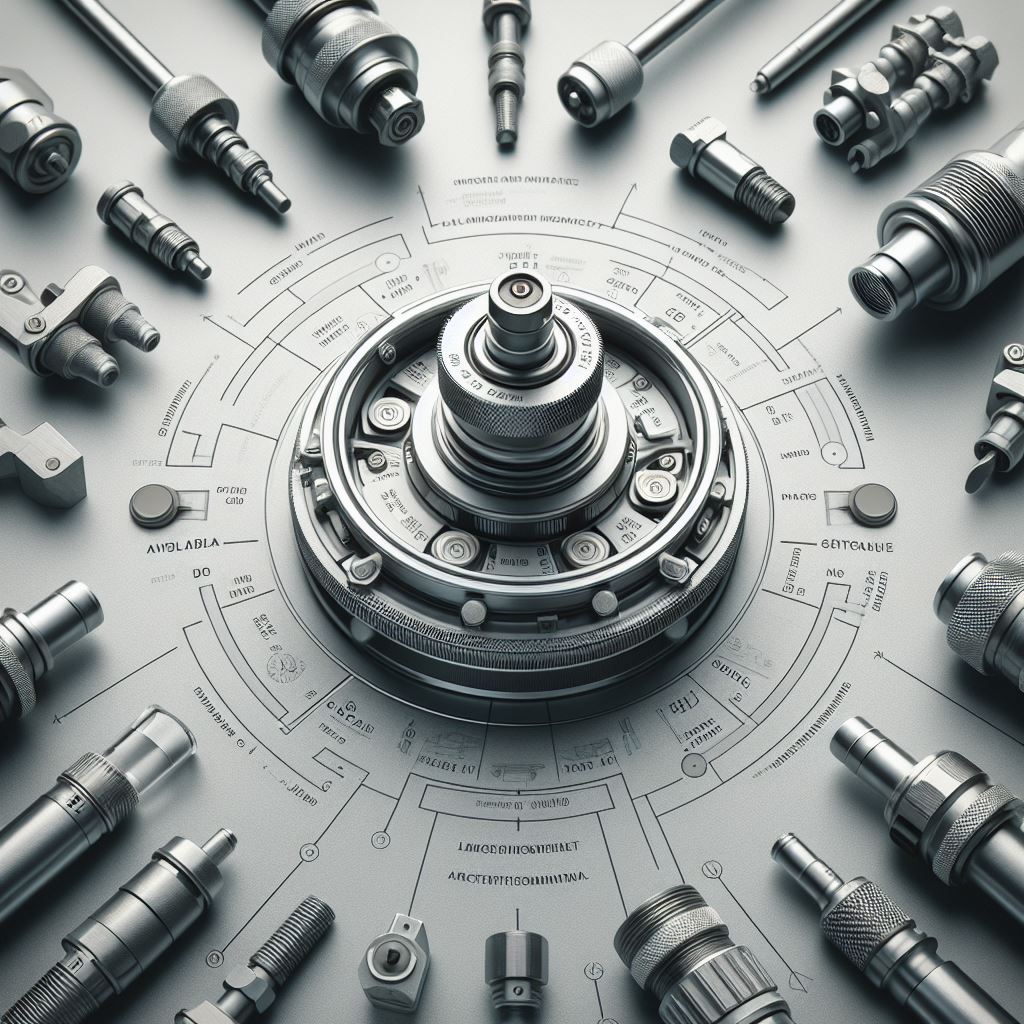At this moment i wanted to share about interchangeability of P/N. In aviation there several code that use to classify Interchangeability of component. This article is base on service bulletin CFM56, if you wanted to deeply read and study about it, You may check directly to service bulletin. Hope this article will help you to understanding interchangeability part number of component.
In the realm of aviation maintenance, precision and alignment of information are paramount. The introduction of new interchangeability statements and codes brings clarity and uniformity to Service Bulletins, aligning them with ATA Specification 2000. Effective from July 1, 1995, these codes provide clear guidelines for part replacement scenarios, ensuring seamless operations and compliance. Let's delve into these codes and their explanations:
- One-way Interchangeable (Code 1):
Code 1 signifies that the old part number can serve as a replacement only where it was initially installed. The new part number, however, is deemed an acceptable replacement for both the old and new part numbers, offering flexibility without compromising safety or performance. - Two-way Interchangeable (Code 2):
Under Code 2, both the old and new part numbers are deemed suitable replacements for each other. This interchangeability ensures smooth transitions between parts, facilitating maintenance procedures with ease and efficiency. - Not Interchangeable (Code 3):
Code 3 denotes a strict policy where the replacement part must match the original part number precisely. This ensures compatibility and adherence to specific requirements, minimizing the risk of errors or malfunctions due to incompatible parts. - Interchangeable as a Set (Code 4):
When dealing with sets of parts, Code 4 comes into play. It mandates the replacement of the entire quantity of the old part with a complete set of the new part number. This comprehensive approach ensures uniformity and consistency across installations, mitigating potential discrepancies. - Qualified Interchangeability (Code 5):
Code 5 serves as a catch-all for replacement scenarios not covered by the previous codes or situations where applicability varies among aircraft or engines specified by the model effectivity. It encompasses instances of parts addition or deletion, offering flexibility while maintaining compliance standards.
It's important to note that these codes, collectively known as 'change codes,' are integral components of the interchangeability statements outlined in paragraph 2.C., Configuration Chart. By adhering to these standardized codes, aviation professionals can streamline maintenance processes, enhance safety, and ensure regulatory compliance.


